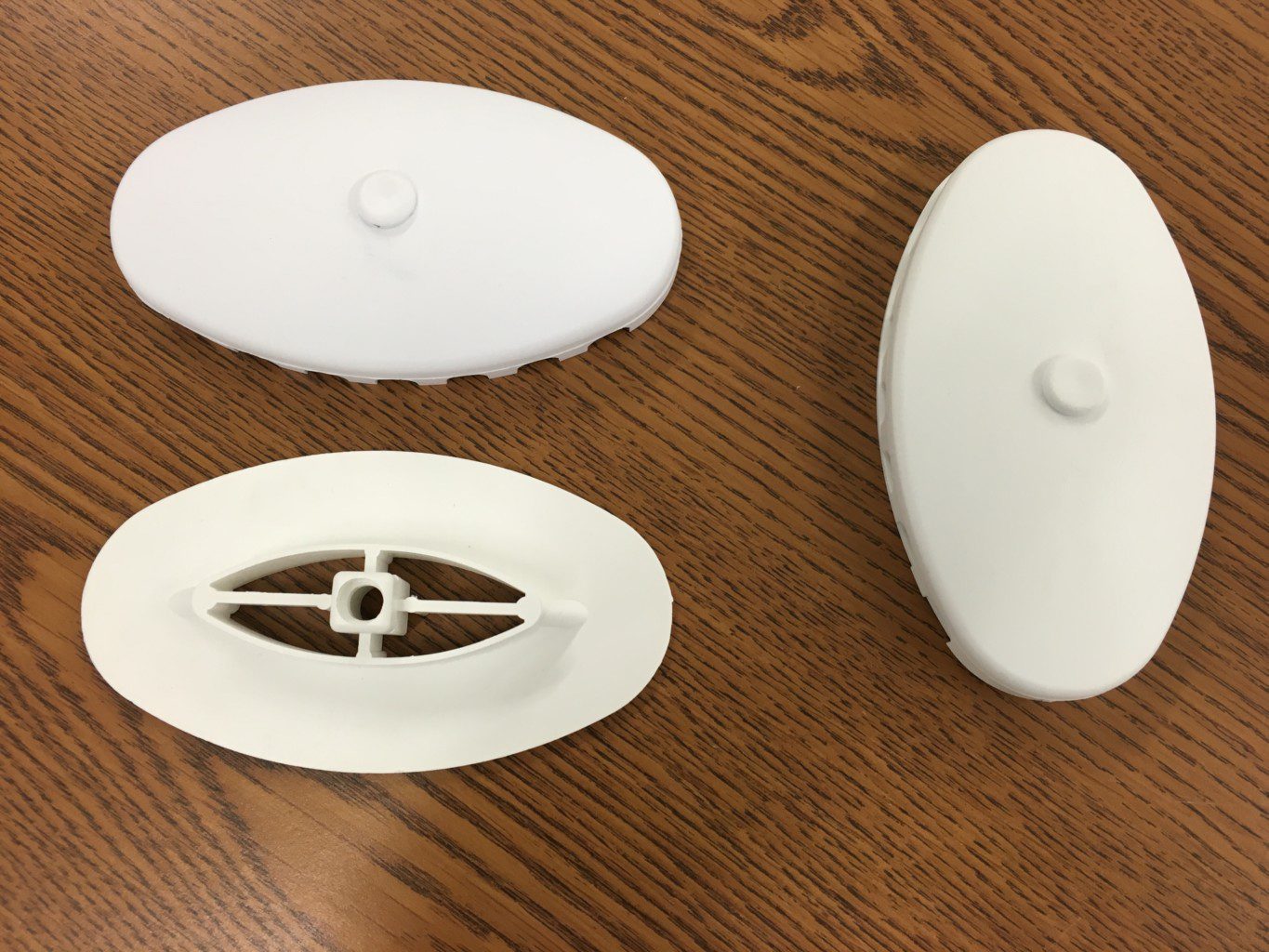Why Cover Vents are Critical for Protecting Your Assets
Utilizing a cover to protect your boats, machinery, and other valuable property seems like a no-brainer – because it is. But are you utilizing vents to help you get the most out of your cover?
Properly ventilating covers is critical for a variety of reasons, all of which you should be aware of to ensure you’re doing the most you can to protect your assets, lower costs, and get optimal performance from your cover solution.
It’s important to note that ventilation applies to all forms of protection – shrink wrap, crating, tight fitting tarps, etc. Any type of protection that offers a sealed environment should have vents.
Common Mistakes in Utilizing Boat and Equipment Covers
There are several common pitfalls associated with ventilation (or lack thereof), including:
-
Not ventilating at all
The most common misstep. If you neglect to vent your cover, you open your asset up to destructive elements and degradation. - Wrapping your asset too tightly
Tight, complete coverage may seem like a good idea – if you don’t leave any room for intrusive elements, your asset is protected, right? Wrong. Without proper airflow, you could inadvertently create the perfect environment for mold growth, overheating, etc. -
Overlooking the small spaces
Even if you pay attention to ventilating your cover, are you neglecting critical aspects of your asset? Think of smaller compartments/lockers on boats – without being properly ventilated themselves — no amount of overall ventilation will prevent these individual spaces from becoming mini-greenhouses for mold and bacteria buildup.
Do Cover Vents Work?
Yes, paying attention to proper cover ventilation produces a variety of key benefits, such as:
-
Eliminating moisture buildup
When moisture collects under protective covers, it promotes the formation of mold and mildew that can affect the performance and longevity of your assets. Installing proper ventilation can eliminate this moisture, protecting your investments from the development of mold and mildew. -
Promoting aerodynamic performance during transport
Effective cover ventilation provides a more streamlined shape during transport. If air gets caught under your cover while in transit, vents will allow the air to escape, preventing a cover blow-off and unnecessary movement. While this may seem like a rather insignificant factor, this streamlining can be imperative when transporting over long distances. -
Keeping internal temperatures consistent
High temperatures under covers can lead to negative effects for your asset’s internal components. By properly ventilating your cover, you can keep internal temperatures more consistent and eliminate the greenhouse effect. -
Aides in heat shrinking
If you choose to heat shrink your cover, vents are crucial. During heat-shrinking, vents give the hot air an outlet from under the cover which makes for a better overall shrink.
Types of Pre-Installed and Aftermarket Vents

Clearly, engaging in proper cover ventilation is important for protecting your boat and other assets. However, which type of vents are right for your unique needs?
Here are some options regarding different types of pre-installed and aftermarket boat cover vents:
Types of ventilation solutions
Passive vent systems are usually installed in matching pairs and are typically made up of:
-
Cowl Vents
-
Clam Shell Vents
-
Scoop Vents
-
Louvered Hatch Boards
-
Low-Profile, “Mushroom” Discs
-
-
Both intake and exhaust vents are critical.
A ventilation system without both intake and exhaust vents won’t perform as well. Using only one vent leaves air that enters the cover with nowhere to exit. -
Adding vents to your existing cover:
While some boat covers and equipment covers come with installed vent units, many options exist for adding your own vent after you purchase shrink wrap or other tarpaulin-style covers. These include vents that attach via a threading system without any additional screws or fasteners, while others sew onto covers via an attached patch. They also come in different styles, such as the classic “mushroom” shape or louvered, aerodynamic shapes.
How Many Vents Does my Boat Cover or Protective Cover Need?
The number of vents needed to promote proper ventilation depends on the size of what you are covering. You’ll need to consider the length, width and height of your asset.
For example, if your boat is under 30 feet long, you’ll be safe with at least two vents. Two vents will allow for the right amount of air flow and help regulate the temperature underneath the cover. If your boat is 30 feet or larger, you may want to think about installing more than two vents to make sure you’re getting full air flow.
For general machinery covers, two vents will work just fine. But again, use discretion, if your asset is large enough, it may require more than two vents.
Does the Location of Vents Matter?
Since most vents are made of plastic, we recommend placing them towards the top of the cover where they can’t scratch or etch the surface of the item covered. Since hot air rises, placing the vents in a higher position allows hot air to escape – keeping the internal temperature more consistent.

How Does Transhield Use Vents?
Transhield utilizes vents for many clients that transport boats, machinery, and large equipment over the road. The vent systems are installed on most of our covers, but extra vents can be purchased on request.
Due to the water vapor transmission rate of Transhield’s 3-10 mil. fabrics, moisture can permeate through the fabric – preventing moisture buildup underneath the cover. Along with this, Transhield’s fabric is UV resistant, meaning it reflects the sun’s rays, keeping the internal temperature underneath the cover down. These features of our fabric ensure that stored assets don’t develop mold and mildew or overheat, even if the cover doesn’t have a vent.